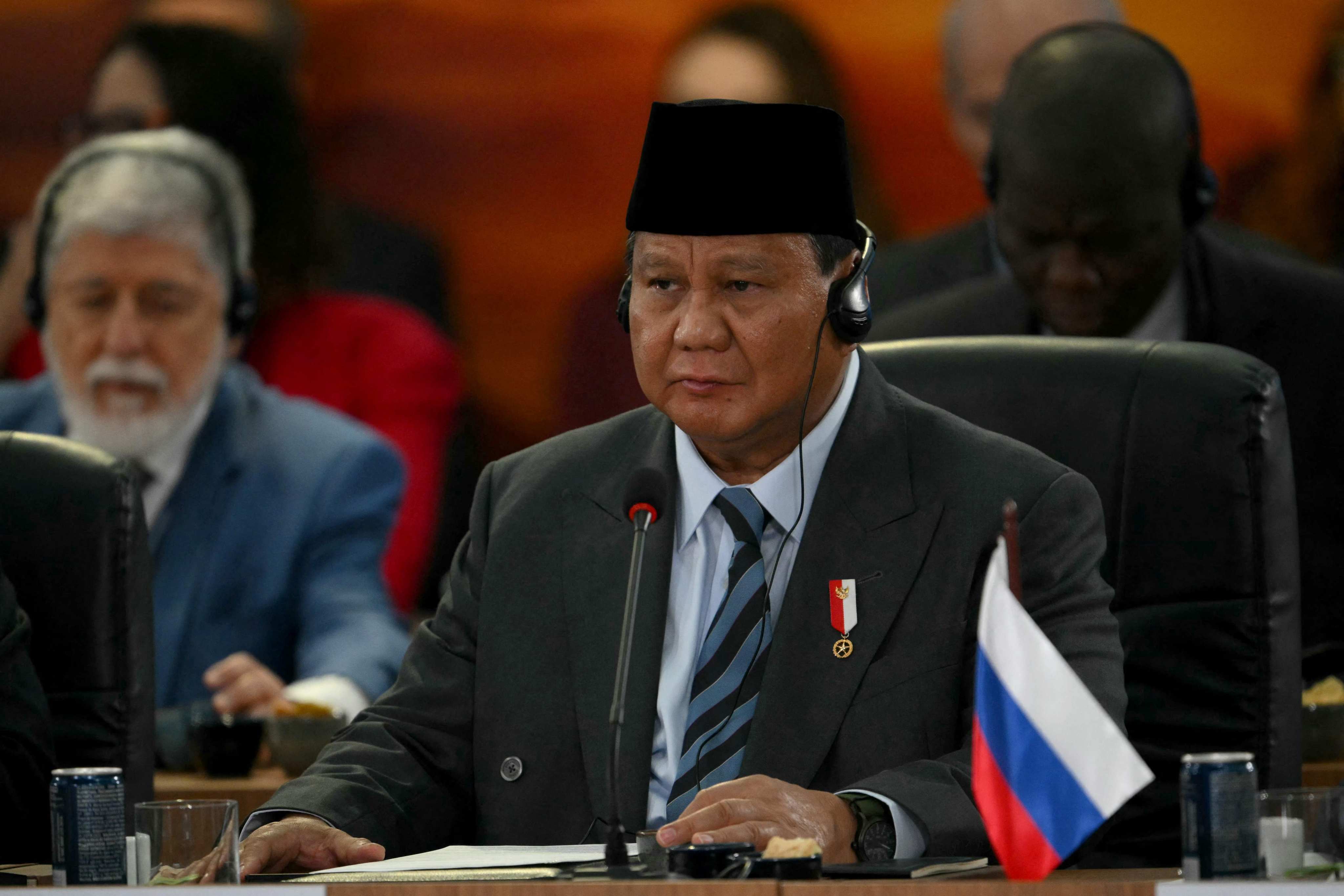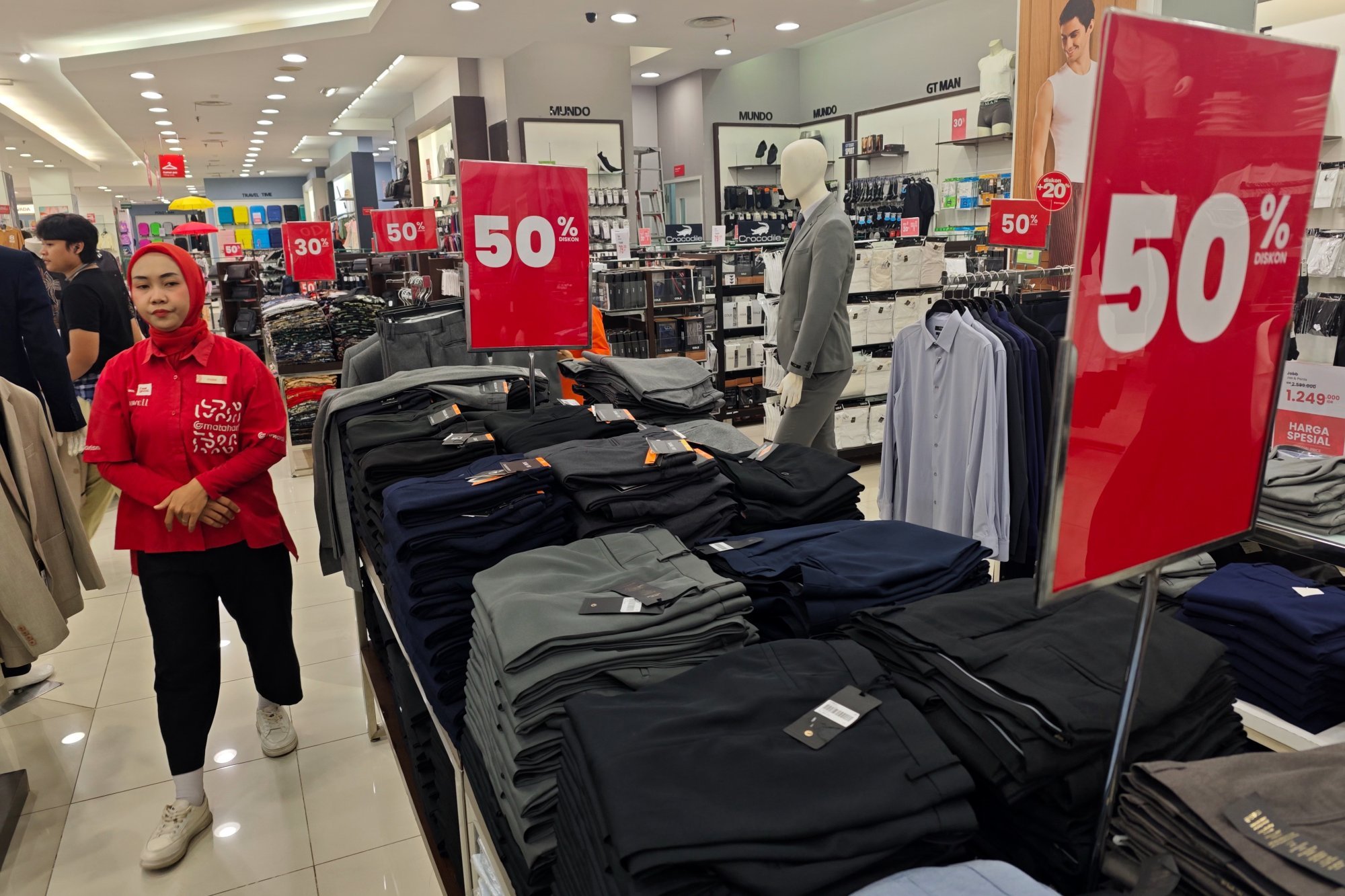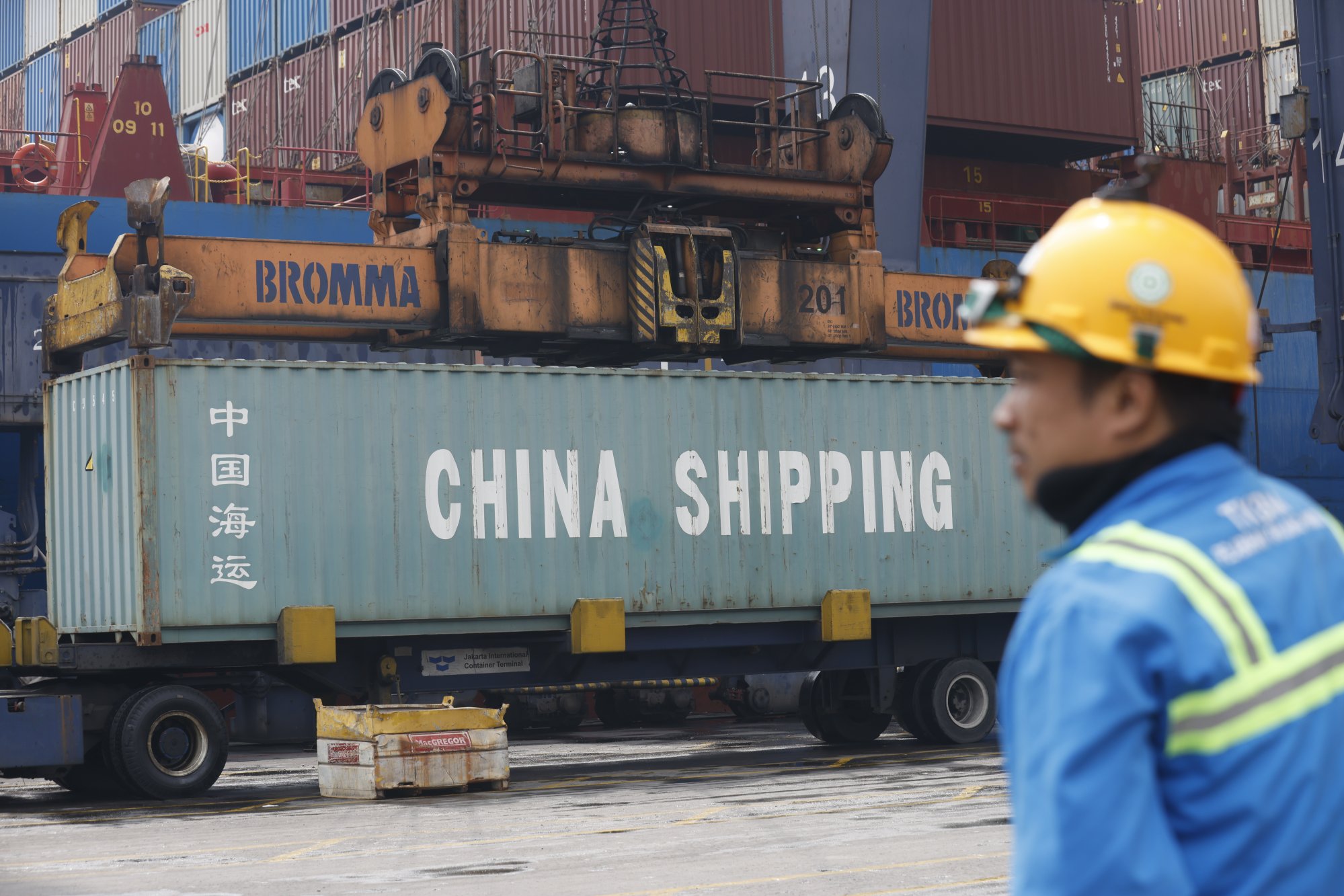As Trump targets Brics, Indonesia’s autonomy hangs in the balance
Facing renewed tariff threats, Jakarta must now weigh its commitment to a multipolar world against short-term economic interests

This month’s Brics summit in Rio de Janeiro, Brazil, marked a pivotal moment that reflects shifting global power dynamics. By consolidating into a stronger multipolar bloc, emerging economies are effectively challenging the long-standing dominance of a Western-led order.
Brics released a joint statement, criticising unilateral tariffs and non-tariff measures that disrupt global trade. The statement called for reforms of institutions such as the International Monetary Fund and the World Bank. Brics leaders also condemned recent attacks on Iran, albeit without naming the US and Israel.
Nonetheless, the US has responded with confrontational threats, including the potential use of tariffs. On his Truth Social account, US President Donald Trump declared that, “Any Country aligning themselves with the Anti-American policies of BRICS, will be charged an ADDITIONAL 10% Tariff”, emphasising that there would be no exceptions.
Trump not only threatened a 10 per cent tariff on Brics members but also sent a letter to Indonesian President Prabowo Subianto threatening to impose a 32 per cent tariff on all Indonesian exports starting on August 1. Trump justified the threat based on the US’ trade imbalance with Indonesia, the latest full member of Brics.
In the letter, Trump stated the tariffs could be reconsidered if Indonesia agreed to establish manufacturing operations in the US.
This not only intensifies tensions between Washington and Brics, but also puts countries like Indonesia under significant pressure. Jakarta now faces the challenge of balancing geopolitical independence with the short-term interests of trade and investment.

Indonesia’s long-standing goal of non-alignment is being tested by a highly polarised global economy. Any path forward carries both opportunity and risk. Jakarta’s response will be consequential for both its national interests and those of other Global South nations navigating similar dilemmas.
Brics, after all, is not simply a loose coalition of states. Boasting members with major economies such as China and India, as well as energy producers like Russia and Iran, the grouping has developed financial institutions such as the New Development Bank and is planning a cross-border payment system that can function outside the realm of the Western-based Swift interbank system.
It’s perhaps no surprise that Trump views Brics as a threat to US hegemony. By linking trade tariffs to geopolitical alignment, the US is reaffirming a dangerous precedent that emerging nations will be punished not only for their economic policies but also for their strategic alliances.
Beijing has responded diplomatically but firmly. On July 7, Chinese Foreign Ministry spokesperson Mao Ning said that Brics “is not a bloc for confrontation”, adding that trade wars have no winners. Her statement reflects China’s commitment to openness and cooperation under external pressure.
Indonesia, meanwhile, must decide whether to remain aligned with Brics or adjust course to mitigate the economic consequences of US retaliation. With little room for negotiation, Jakarta has limited options.
Economic ties between the US and Indonesia are growing stronger. Chevron is reportedly considering re-entry into Indonesia’s upstream sector by tapping into oil and gas reserves, signalling renewed confidence in the country’s energy landscape.
Unhandled type: inline-plus-widget {“type”:”inline-plus-widget”}
Such an investment could help buffer shocks from US tariffs, underscoring the difficulty of defining national interests in the context of geopolitical pressures and conflicting economic engagements.
Will the world be divided between the Brics grouping and Western powers, or can a more balanced global order emerge? The US tariff strategy reflects a coercive approach aimed at preserving its dominance. Meanwhile, Brics countries profess that they seek an alternative model that does not force its members to choose sides.

If Trump continues to escalate and broaden tariff policies, the divide between developed and developing nations will only deepen.
This could further entrench mistrust between the Global North and South, undermine global trade norms and accelerate the formation of rival economic blocs. More Global South nations may seek alternatives to Western-led financial institutions in ways that reshape global supply chains and investment flows.
However, if these tensions serve as a wake-up call for diplomatic engagement and institutional reform, they could also pave the way for a more inclusive world order.
Constructive dialogue and negotiated economic arrangements could offer pathways towards a multipolar balance, where influence is more evenly distributed and smaller states are no longer forced to choose between competing powers.
The latest Brics summit was more than just an annual meeting. It served as a symbolic battleground in the clash between competing visions of global governance – one between domination and coercion on one side, and balance and collaboration on the other.
How Brics countries respond to this pressure and how Indonesia navigates its strategic position will shape the global landscape for decades to come. The actions taken in this moment of mounting pressure could determine whether the emerging multipolar world is defined by constructive pluralism or entrenched polarisation.